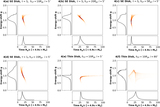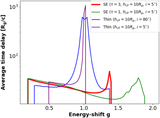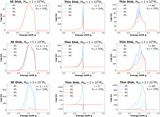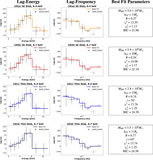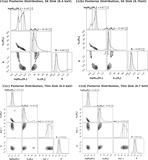Image Details
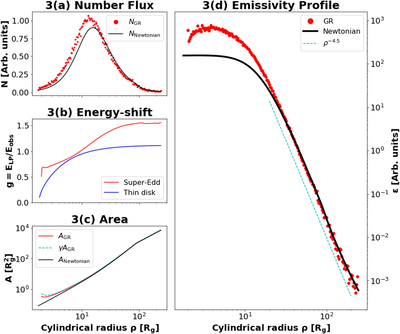
Caption: Figure 3.
We show each component contributing toward the emissivity profile. (a) The number flux N: the GR number flux is plotted together with the Newtonian one. We see the GR light-bending effects enhance the flux of photons in the inner region. (b) The photon energy shift gLP: we show the ratio between the energy of the emitted photons from the corona and the energy as seen by the gas elements in the reflection surface for both the super-Eddington and thin disks. gLP < 1 means the photon as seen by the disk is blueshifted as compared to emission. (c) The area A: We show three different areas: the classical Newtonian area (black solid), the proper area as seen by the ZAMO (cyan dashed), the relativistic proper area as seen by the reflection surface (red solid). One can see that the classical area substantially undervalues the area within ρ = 5 Rg as compared to the two proper areas. (d) The emissivity profile ϵ of the super-Eddington accretion disk: we show the GR emissivity profile (red dotted; Equation (5)) in comparison to the Newtonian one (black line). The GR effects enhance the emission from the inner region. Approximately, the emissivity profile follows a power law ∝ ρ−4.5 (cyan dashed) in the outer region and remains rather flat in the inner region.
Copyright and Terms & Conditions
© 2022. The Author(s). Published by the American Astronomical Society.




